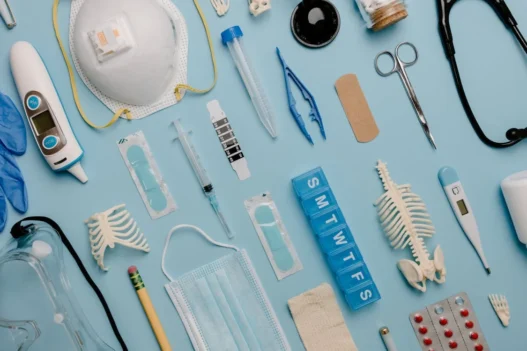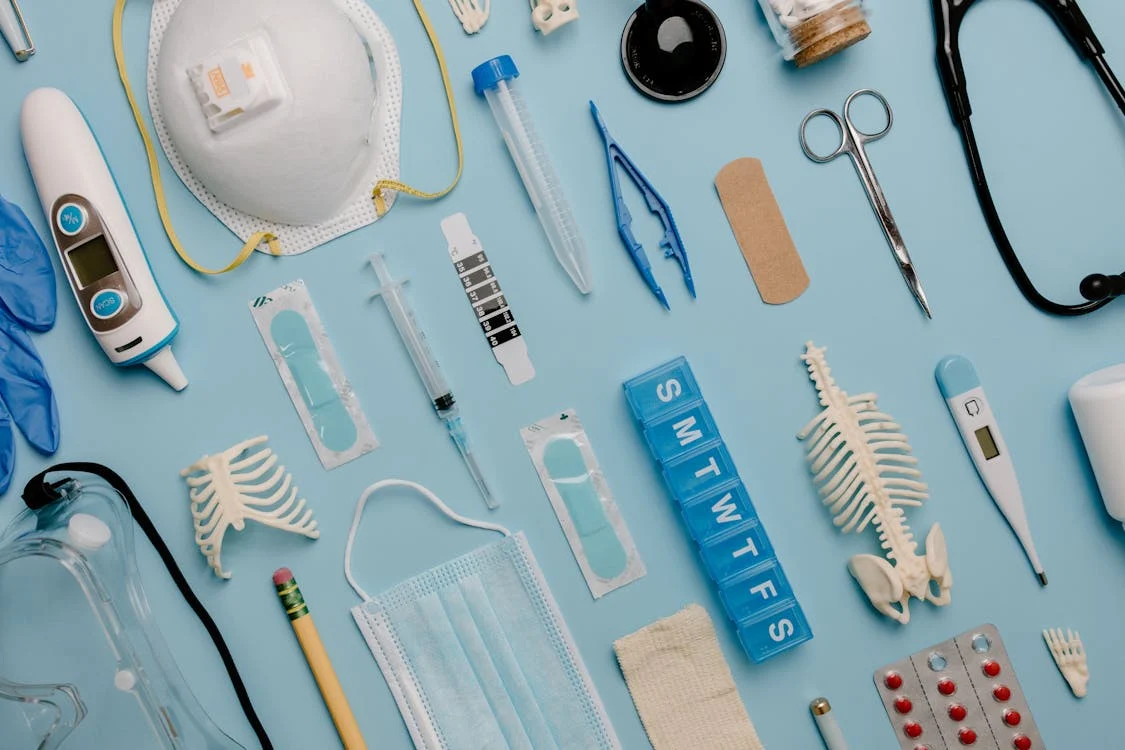0SS844Z is a medical procedure used to reposition the left sacroiliac joint using an internal fixation device. This procedure is done through a minimally invasive approach using an endoscope.
Table of Contents:
- 🔎 Clinical Indication
- 📋 Preparation
- 📖 Methodology
- 🩹 Recovery
- 🚨 Complexity & Risk
- 🔀 Similar Procedures
🔎 Clinical Indication
0SS844Z, a procedure known as Reposition Left Sacroiliac Joint with Internal Fixation Device, Percutaneous Endoscopic Approach, may be performed to correct misalignments or instability in the left sacroiliac joint. This procedure involves using a small camera and specialized tools to access the joint through tiny incisions, minimizing tissue damage and recovery time.
By using an internal fixation device to stabilize the joint, this procedure can help alleviate pain, improve function, and prevent further complications. In some cases, traditional methods of treating sacroiliac joint issues may be ineffective, making a percutaneous endoscopic approach a viable option for patients seeking relief.
Overall, Reposition Left Sacroiliac Joint with Internal Fixation Device, Percutaneous Endoscopic Approach is a minimally invasive procedure that offers a targeted solution for left sacroiliac joint issues, providing patients with a less disruptive treatment option compared to traditional surgery.
📋 Preparation
Before undergoing OSS844Z, the patient will need to fast for a certain period of time, usually starting the night before the procedure. This is to prevent any complications during the surgery. Additionally, the patient may be asked to stop taking certain medications that can interfere with the procedure or recovery process.
📖 Methodology
During 0SS844Z, a percutaneous endoscopic approach is used to reposition the left sacroiliac joint with an internal fixation device. This procedure involves inserting a small camera and instruments through a small incision to realign the joint and secure it in place. It is a minimally invasive technique that allows for quicker recovery and less scarring compared to traditional open surgery methods.
🩹 Recovery
Following the SS844Z procedure to reposition the left sacroiliac joint with an internal fixation device, patients can expect a period of recovery to allow the joint to heal properly. This may include rest, physical therapy, and pain management techniques to aid in the healing process.
Patients may need to gradually resume normal activities and avoid strenuous exercise to prevent any complications or setbacks in the recovery process. It is important to follow the post-operative instructions provided by the healthcare team to ensure a successful recovery and optimal outcome.
🚨 Complexity & Risk
Performing 0SS844Z, a procedure to reposition the left sacroiliac joint using an internal fixation device through a percutaneous endoscopic approach, is a complex and advanced medical treatment. This technique involves precise and intricate maneuvers to manipulate the joint and secure it with the fixation device.
Patients undergoing this procedure may face potential risks such as infection, bleeding, nerve damage, or damage to surrounding tissues. Due to the delicate nature of the sacroiliac joint and the invasive nature of the procedure, there is a need for careful monitoring and skilled surgical expertise to minimize these risks and ensure a successful outcome.
🔀 Similar Procedures
Another medical procedure that is similar to Reposition Left Sacroiliac Joint with Internal Fixation Device is Percutaneous Transforaminal Endoscopic Discectomy (PTED). PTED is also a minimally invasive procedure performed using an endoscope to access and treat spinal disc herniations. Both procedures involve using a small incision and specialized tools to target the affected area with precision.
Like the sacroiliac joint procedure, PTED offers advantages such as reduced risk of infection, faster recovery time, and less post-operative pain. PTED is often recommended for patients with herniated discs who have not responded to conservative treatment options. While the two procedures target different areas of the body, they share the common goal of providing effective treatment with minimal disruption to the surrounding tissues.

